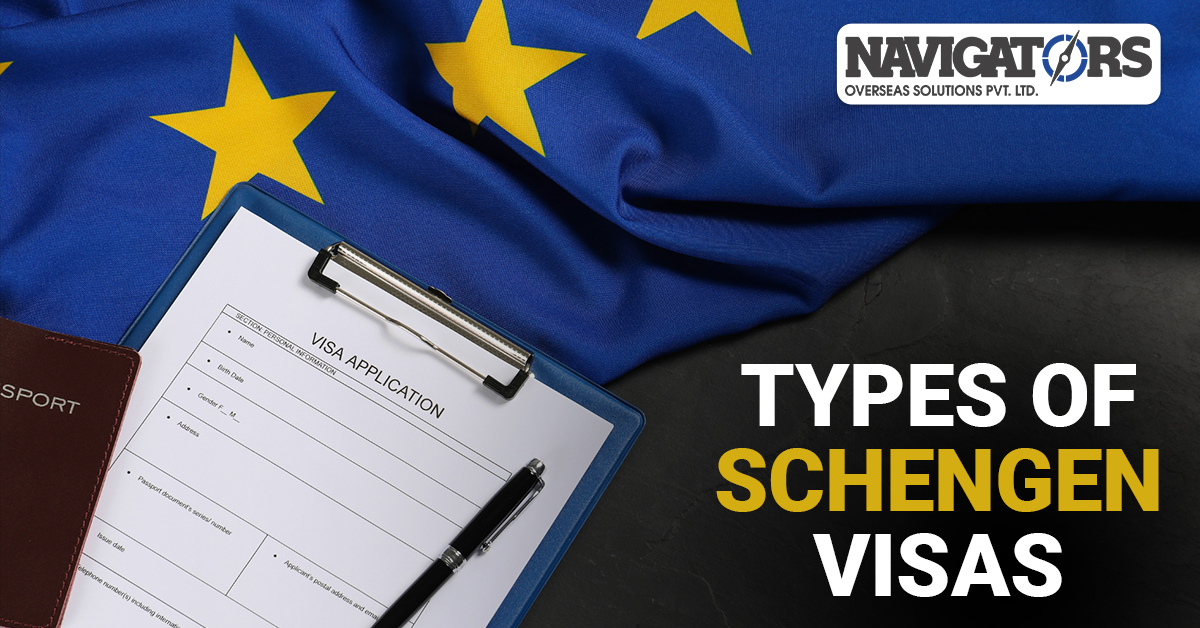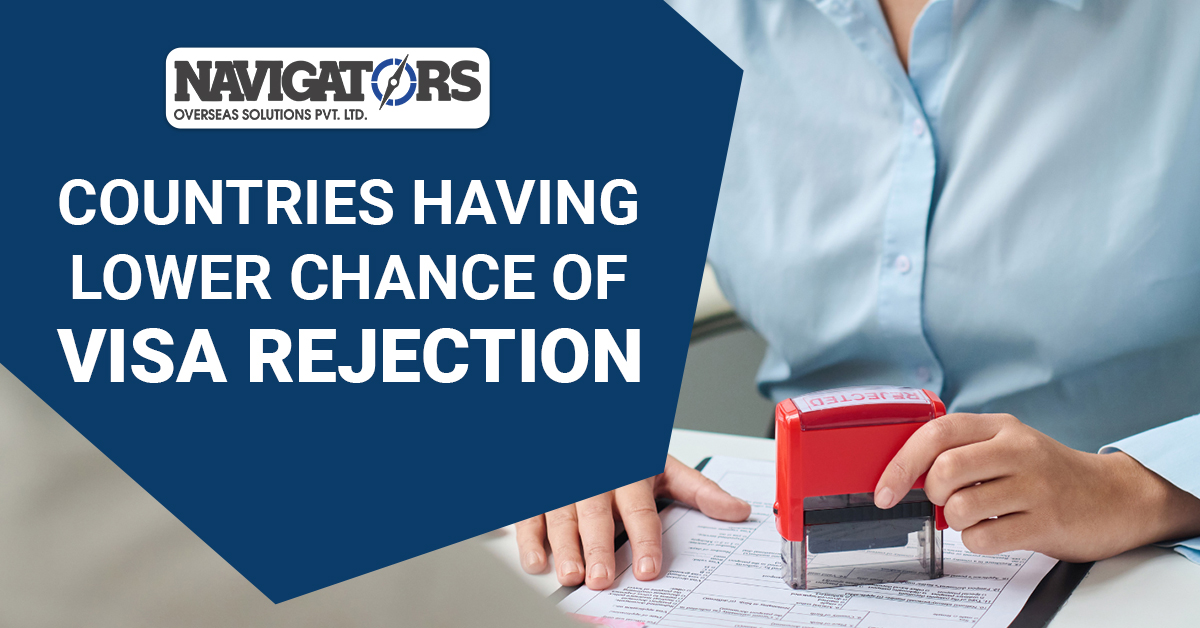- SCO 99, Sector 44-C, Chandigarh, India-160047
- +91 98090 90908
- navigators@ymail.com

The Schengen visa is a type of visa that allows travelers to move freely between 27 European countries within the Schengen Area for short stays, typically up to 90 days within a 180-day period. It’s named after the Schengen Agreement, which was signed in the village of Schengen in Luxembourg in 1985. The list includes; Germany, Austria, Belgium, Croatia, the Czech Republic, Denmark, Estonia, Finland, France, Greece, Hungary, Iceland, Italy, Latvia, Liechtenstein, Lithuania, Luxembourg, Malta, the Netherlands, Norway, Poland, Portugal, Slovakia, Slovenia, Spain, Sweden and Switzerland have all acceded to the Schengen Agreement and are thus Schengen states. Here’s a quick rundown of what you need to know:
The Schengen Area includes most EU countries and a few non-EU countries, such as Norway, Switzerland, and Iceland. However, it does not include all EU countries (like Ireland) or some non-EU countries (like the UK, which was part of the EU before Brexit).

The visa is typically used for tourism, business trips, or family visits. It does not grant the right to work or live permanently in the Schengen Area.

To apply, you generally need to submit an application to the embassy or consulate of the country where you will spend the most time, or where you’ll enter the Schengen Area if you’re staying an equal amount of time in multiple countries. You’ll need to provide supporting documents such as proof of travel insurance, accommodation, and financial means.
The Schengen visa is valid for travel within the Schengen Area, but it does not automatically grant entry. Border control authorities have the final say on entry based on your visa and supporting documents.
It simplifies travel within Europe, allowing you to visit multiple countries on a single visa.
The EU-India Common Agenda on Migration and Mobility includes implementing a new regime to enhance cooperation between the two regions. This highlights the significance of encouraging direct interactions between people to strengthen connections between the EU and India across different fields. According to the new Schengen visa rules, Indian passport holders can now secure long-term multiple-entry Schengen visas for two or five years, especially if they’ve previously travelled on a Schengen visa. While these visas are valid, holders are granted travel rights equivalent to those of visa-free nationals. This means they can come and go from Schengen countries multiple times without the need for separate visas.
The European Union (EU) has recently launched a new visa scheme, called ‘cascade,’ for Indian citizens staying in India applying for Schengen visas. Indian travellers can get longer multiple-entry visas through this, with longer validity. This recent step by the EU signals a shift from the traditional visa code regulations for Indian nationals. Such updated regulations offer better terms for getting multiple entry visas, showing the EU’s commitment to improving the relations with India and encouraging tourism and business interactions between the two regions. To be eligible for a two-year visa, individuals must have obtained and lawfully used two visas within the previous three years. They can receive a five-year visa if their passport still has sufficient time left before expiration.

Those who want to obtain a Schengen visa in coming summer, and want to lower the chances of being rejected, should avoid applying at countries with a high rejection rate. Below given is the list of countries with least rejection rate.
Obtaining a Schengen visa is relatively straightforward because it is designed to simplify travel within the Schengen Area for short stays. The process involves a single application for access to multiple European countries, and the criteria for approval are clear and consistent across member states. Applicants typically need to provide proof of travel insurance, financial means, and a valid reason for their visit. Streamlined procedures and a standardized approach across Schengen countries contribute to the ease of obtaining the visa.